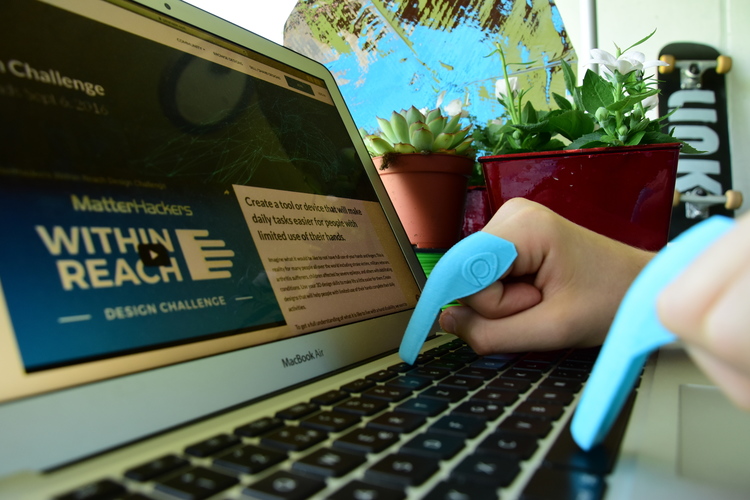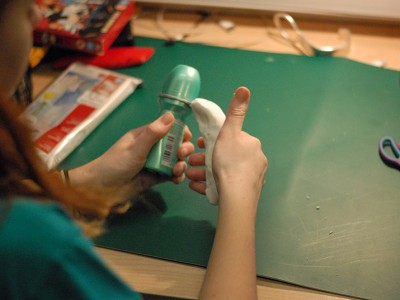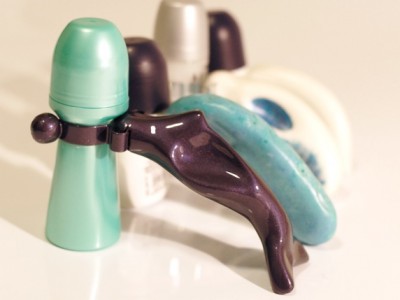Storyboard Presentation-Board
Research Report
Hello everyone, we’re team adam and we’d like to introduce you took the result of therapeutic saddle project.
Our product gives disabled children a safer seat on horse back and brings the legs as close as possible to the horse. The warm temperature and the movements of the horse relaxes the rider’s legs and spastic muscles, as well as easing stiff joints.
We focused our product on a young boy called Thomas, who is 11 years old and has spasticity in both his legs. He started hippotherapy half a year ago. And even now after that short time period, his movements are becoming more controlled. After a therapy session he can even walk without his walking frame for a short time.
However. there are some issues that are clear with the therapy sessions, the biggest one being the saddle. The current saddles specifically for hippotherapy are mainly just made for the child to lie on. This is not good for the rider, horse or therapist. If the rider is unbalanced on the back of the horse, he could cause discomfort for the animal, thus the situation becomes much more unsafe, this then results in the therapist not being able to provide thorough sessions due to having to worry about the state of the horse and the rider way more than they should.
Therefore we have managed to design a lightweight, soft, multi-purpose saddle to help provide support for the therapist, and child resulting in a more effective session for the rider. We really wanted to make the whole experience something more for the 3 users involved with this process. A normal day in the life of a disabled child is filled with limitations, as soon as they get onto the horse they become empowered. This feeling is what drives a lot of the kids at the RDA groups and really inspired us to create a fantastic product.

 This handy 3D printable handle will help open those tricky pots of yoghurt, margarine, ice cream and more, why not give it a go!
This handy 3D printable handle will help open those tricky pots of yoghurt, margarine, ice cream and more, why not give it a go!












